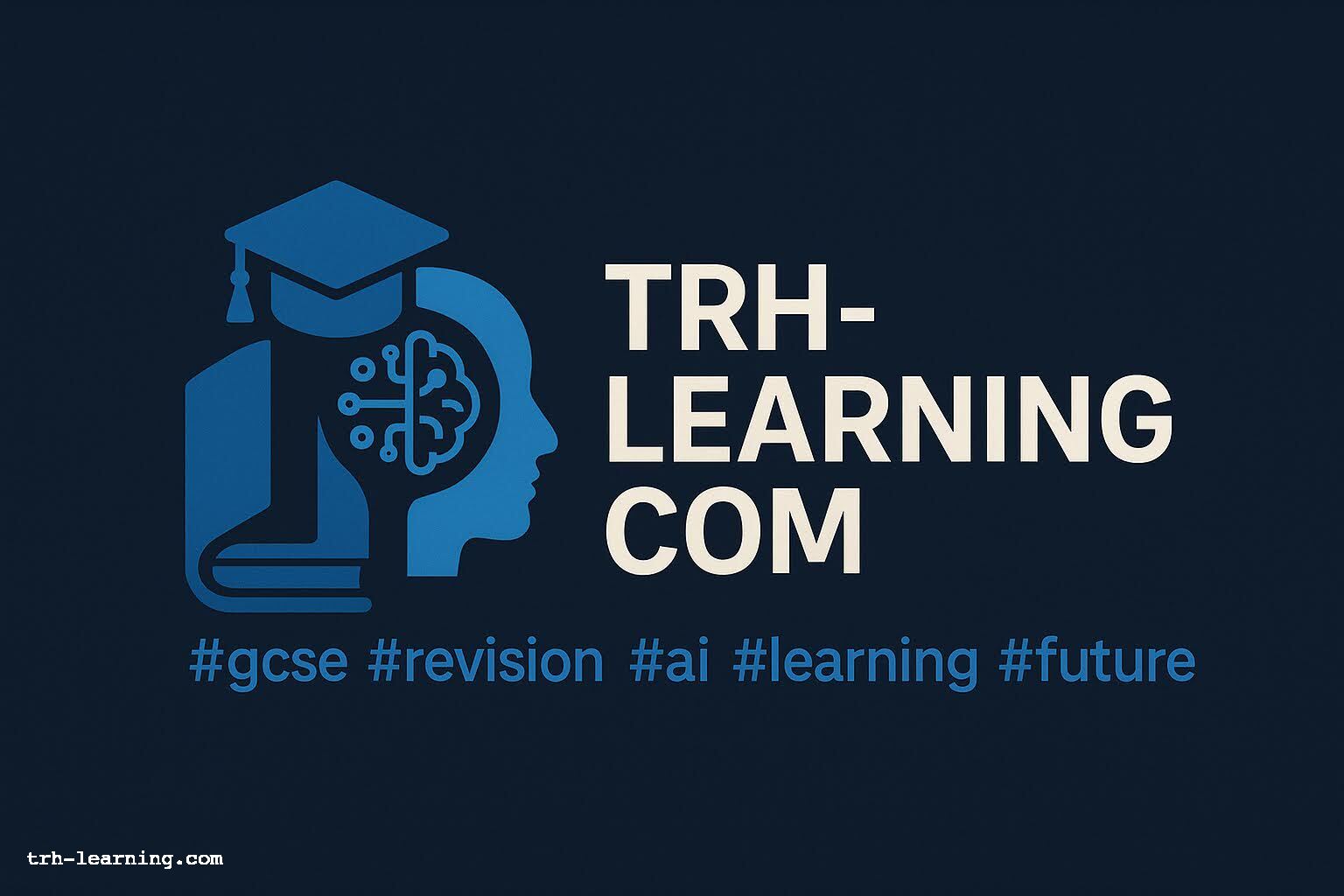Microservices for AI: Architecting Scalable Solutions for NVIDIA AI Certification
Architecting Scalable Solutions for NVIDIA AI Certification
Microservices for AI: Architecting Scalable Solutions for NVIDIA AI Certification
As AI applications grow in complexity and scale, adopting a microservices architecture has become a best practice for building robust, maintainable, and scalable AI solutions. For professionals pursuing the NVIDIA AI Certification, understanding microservices is essential for designing production-ready AI systems that can efficiently leverage GPU resources and support continuous integration and deployment.
What Are Microservices in AI?
Microservices are an architectural approach where applications are composed of small, independent services that communicate over well-defined APIs. In AI, this means separating components such as data preprocessing, model training, inference, and monitoring into distinct, deployable units.

- Loose Coupling: Each service can be developed, deployed, and scaled independently.
- Technology Agnostic: Teams can use the best tools and languages for each service.
- Resilience: Failures in one service do not bring down the entire system.
Benefits for NVIDIA AI Certification Projects
Implementing microservices aligns with the best practices recommended in the NVIDIA AI Certification curriculum. Key advantages include:
- Scalability: Scale inference or training services independently based on demand.
- Resource Optimization: Assign GPU resources to only those services that require them, maximizing hardware utilization.
- Continuous Deployment: Update models or data pipelines without disrupting the entire application.
- Enhanced Collaboration: Teams can work on different services in parallel, accelerating development cycles.
Key Components of a Microservices-Based AI Architecture
- API Gateway: Manages requests and routes them to appropriate services.
- Model Serving Service: Handles inference requests, often leveraging NVIDIA Triton Inference Server for GPU acceleration.
- Data Processing Service: Prepares and transforms data for model consumption.
- Monitoring and Logging: Tracks performance, errors, and resource usage across services.
- Orchestration: Tools like Kubernetes manage deployment, scaling, and health of services.
Best Practices for NVIDIA AI Certification Candidates
- Design stateless services where possible to simplify scaling and recovery.
- Use containerization (e.g., Docker) to ensure consistency across environments.
- Leverage NVIDIA GPU-optimized containers and orchestration tools for efficient resource management.
- Implement robust monitoring to track model performance and system health.
Further Learning
For more insights on architecting scalable AI solutions and preparing for the NVIDIA AI Certification, explore additional resources on trh-learning.com/blog.